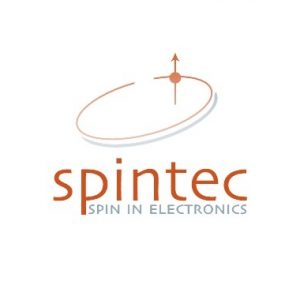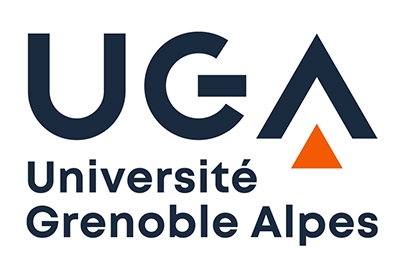Country
FranceHost institution
 Positioned at the crossroad of science and technology, the Spintec Laboratory* is one of the leading research laboratories in spintronics worldwide, with around 100 staff members. From basic science to the proof of concepts and technology transfer, the mission of Spintec is widespread from doing fundamental research in spintronics to bridging between new concepts and innovation in companies. Located in Grenoble in the French Alpes it offers a lively place to conduct research and enjoy life.
Positioned at the crossroad of science and technology, the Spintec Laboratory* is one of the leading research laboratories in spintronics worldwide, with around 100 staff members. From basic science to the proof of concepts and technology transfer, the mission of Spintec is widespread from doing fundamental research in spintronics to bridging between new concepts and innovation in companies. Located in Grenoble in the French Alpes it offers a lively place to conduct research and enjoy life.
The group led by L. Vila and J.P. Attané has pioneered several spin-to-charge interconversion experiments in the bulk of materials, and at various Rashba interfaces [1,2] and surfaces of topological insulators. The group is expert in the design, fabrication and characterization of various nanodevices by magneto-transport.
*Spintec is jointly operated by CEA, CNRS, UGA, and G-INP, and is represented by CEA in the context of the SPEAR project.
Supervisor
Dr. Jean-Philippe Attané
Description
The rich physics of transition metal oxides is related to the delicate balance between charge, spin and orbital degrees of freedom. Quantum phenomena allows for the appearance of 2-dimensional electron gas at oxides surface and interfaces, with a large diversity of functional properties (insulators, metals, superconductors, ferromagnets, antiferromagnets, ferroelectrics, etc.). In recent studies [2-4] we have shown that these materials are exciting candidates for the spin-charge conversion.
The PhD project aims at exploring the possibilities offered by these features, in particular for the development of the reading part in magneto-electric spin-orbit logic devices recently proposed by Intel [5]. The gate dependence of the conversion and the material characterization and optimization will be done by the spin pumping technic. The PhD student will realize the device nanofabrication in order to measure the spin-charge interconversion electrically . He/she will explore the potential offered by the electric-field control of the spin-orbit conversion and by the unidirectional magnetoresistance to create new devices. The PhD students will develop skills in nanofabrication, and in magnetotransport (at room and low temperature) in thin films and in nanodevices. Transport simulations will be performed in order to analyse the data.
[1] J.C. Rojas Sanchez et al., Nature Communications 4 (2013): 2944.
[2] E. Lesne et al., Nature Materials 15.12 (2016): 1261.
[3] D.C. Vaz et al., Nature Materials, 18(11), (2018) 1187-1193.
[4] P. Noel et al., Nature 580.7804 (2020): 483-486.
[5] Manipatruni et al., Nature 565.7737 (2019): 35.
Requirements
- Master’s degree in Physics or a similar field
- Good verbal and written communication skills in English.
Although not compulsory, the following points will be considered:
- Previous knowledge of spintronics.
- Experience in the following techniques: nanofabrication, magnetotransport
- Team work
Planned Secondments
nanoGUNE (San Sebastián, Spain) for all electrical inter-conversion devices fabrication, under the supervison of Felix Casanova.
NanOsc* (Stockholm, Sweden), to applying the gate-voltage-controlled SCC at Rashba interfaces to nano-oscillators, under the supervision of Fredrik Magnusson.
*The seconded ESR will carry out their research activities at Gothenburg University, and not at NanOsc.
Registering University
Université Grenoble Alpes (Grenoble, France)




